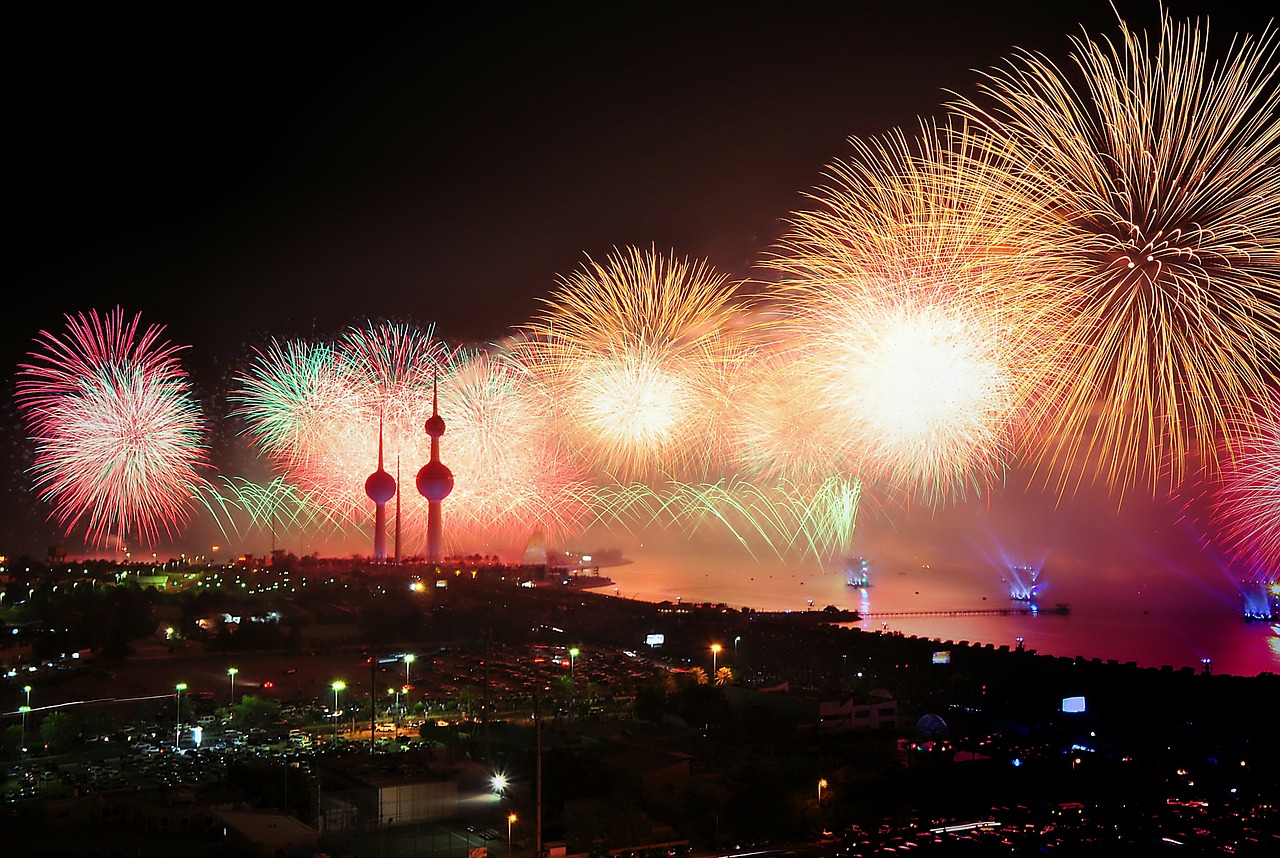Like other Middle Eastern countries with economies that have been traditionally tied to the price of oil, Kuwait is seeking paths toward economic diversification. In January 2017, the Kuwaiti government released the Kuwait Vision 2035, which provides direction to reduce its reliance on oil and includes substantial investment in infrastructure and mega-projects such as Silk City. Here is an update on other significant projects and how they have been progressing since the release of Kuwait Vision 2035:
Al-Mutlaa City Housing Project
The Al-Mutlaa Residential City Project represents the largest housing welfare project in Kuwait. Located approximately 40 kilometers from Kuwait City on a 10,272-hectare plot of land, the city is expected to include more than 28,000 units and to accommodate over 400,000 people by its expected completion date in 2023. The project was initiated in 2017 and, as of May 2019, was 39 percent complete, according to Arabian Business. The city’s master plan was developed by MGP City Plan and, in August 2019, Kuwait’s Minister of Public Works, Dr. Jenan Ramadan, signed a $356 million deal for critical infrastructure construction, including new roads, traffic signs, and electrical networks.
The project is a key aspect of China’s Belt and Road Initiative, which encompasses infrastructure investment and development in dozens of countries, and is being constructed by China Gezhouba Group Corporation (CGGC). As of June 2020, facilities had been divided into eight blocks, while 60 percent of the road work and 96 percent of the trench work on the pipes had been completed. Moreover, health and safety measures were enacted so that progress could continue during the COVID-19 pandemic. To that end, CGGC split the site into more than 150 grid areas, while its safety team regularly disinfected working areas and enforced social distancing and mask wearing.
Kuwait Metro
The Kuwait Mass Rapid Transit Project, also known as Kuwait Metro, is a $20 billion transportation system. Expected to be completed by 2025, the project will include 160 kilometers of railway across four different lines. The first phase of the project will involve the construction of a 153-kilometer line from Kuwait City to Boubyan Port. Kuwait’s Public Authority for Roads and Transport revealed in January 2020 that the project will be completed over five phases.
The four lines encompassing the transportation network will run from Messila Beach to Kuwait University (Orange Line); National Stadium to Great Mosque (Blue Line); Jaber Al Mubarak to Kuwait International Airport (Red Line); and Qadisiya Stadium to Railway Central Station (Green Line). Each line will include at least 15 stations, while the entire network will feature 78 stations.
Al Zour Refinery
Although Kuwait has attempted to reduce its reliance on oil and gas, the country still recognizes its importance for short- and long-term prosperity. The Al Zour Refinery is a significant project in this regard. The $12 billion heavy crude processing plant project will be the Middle East’s largest refinery once completed and will increase Kuwait’s refining capacity from 800,000 to more than 1.5 million barrels per day. The project, which was initiated more than a decade ago, has faced several delays. It was 95 percent complete as of June 2020 and was expected to be finished by the fourth quarter of 2020, although construction was affected by COVID-19. Near the end of July, Kuwait Integrated Petroleum Industries, Co., began operating a gas line that will feed the refinery.
Impact of the COVID-19 Pandemic
The Al Zour Refinery and Al-Mutlaa Residential City Project are not the only major projects in Kuwait to be impacted by the COVID-19 pandemic. According to the Kuwaiti newspaper Al-Rai, the total value of projects awarded by the government decreased by almost 81 percent from the second quarter of 2019 to the second quarter of 2020 as a result of the pandemic. Taking into account the first half of 2020, the value of the projects awarded declined nearly 40 percent ($2.77 billion to $1.65 billion) from the year before.
The pandemic has not only disrupted progress on ongoing and new projects. It has also caused the government to scrap planned projects like the 1.5 GW Al-Dabdaba solar complex. The photovoltaic park, which is expected to become operational by 2021, was a key component of Kuwait’s goal to source 15 percent of its energy from renewable sources by 2030. It was cancelled due to the pandemic’s “impacts on the global oil and financial markets.”
Potential Increase in Investment
The challenges that Kuwait faces in developing critical infrastructure due to COVID-19 may be mitigated in part by a substantial increase to infrastructure investment through the country’s $112 billion pension fund. As of August 2020, 3 percent of the fund was dedicated to infrastructure spending, but that figure is expected to increase to as much as 10 percent, according to Public Institution for Social Security director general Meshal Al-Othman.

